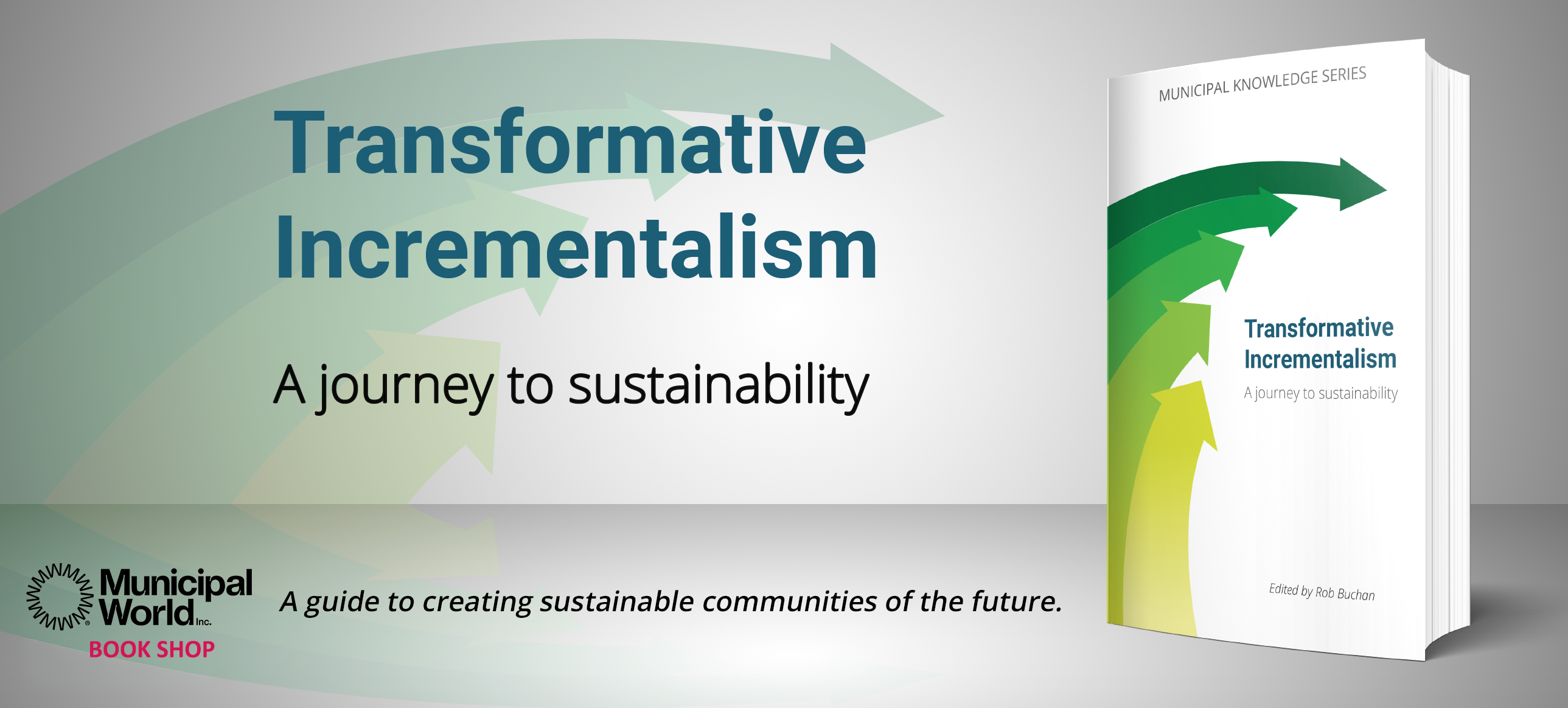Top 10 strategies for employee attraction and retention

To many employers, employee retention remains about as much of a mystery as it is a widely discussed topic. Why is that?
Organizations know that the cost of a bad hire is substantial. In their book Love ‘Em or Lose ‘Em – Getting Good People to Stay, Beverly Kaye and Sharon Jordan-Evans tell us that “countless studies suggest that the cost of replacing key people runs between 70 percent and 200 percent of their annual salaries.”1 And, that’s not counting the decline of productivity, morale, and customers when a good employee leaves.
HR departments spend thousands, even millions, of dollars on analyzing turnover and running employee “high touch” surveys and focus groups to understand why people leave, what will engage them, and what will motivate them to stay. Is it really that hard to understand?
Sure, different things are important to different generations. We know that Baby Boomers have historically sought careers that would span the cradle to the grave. They’ve targeted organizations where they get hired after high school or university, and they expect to retire with the coveted gift of a gold watch and a decent pension.
But today, Millennials (who will shortly make up much of our workforce) are not looking for watches … unless they are of the Apple variety. They are unimpressed by large organizations and traditional, industry-dominant brands. To their career aspirations, size doesn’t matter. Many prefer to target small, boutique firms where they will glean a wider range of experience and work with modern tech tools with all of the bells and whistles.
However, looking at candidates from all generations who are considering a change, some similar crossover themes consistently arise.
What are these common themes? What are active job seekers looking for in a new employer and their next career? And, what can intrigue passive candidates who aren’t looking for work to make a move?
Here are the top 10 strategies that candidates say are important to attract and/or retain them:
1. Dignity and Respect
In today’s workplace, if you raise your voice to an employee, you can expect them to begin job searching immediately. Nobody wants to be humiliated in the workplace, and all of the great things employers do regularly can be flushed down the toilet after an intemperate moment. Be patient, or kiss your best employees goodbye. Employees want to be with an organization that is ethical and treats them with dignity and respect. They want to be included in company events and to have organizational information shared with them. How did the quarter or year go? What were our collective results? Where are we headed as an organization? Are we all aboard this train, or not? It’s important to feed this need for information and professional stimulation. It’s also important to recognize and accommodate employees’ professional interests – for example, the opportunity for them to teach, collaborate, or to write. If you won’t, they’re likely to seek an employer that will.
2. Appreciation
Beyond recognizing results, employees are looking to be appreciated for who they are and what they bring. They long to be included in projects where their uniqueness can make a contribution. They’d like employers to listen to their ideas and be open to new ways of doing things. Appreciation comes in different forms, including private time with one’s manager, or the opportunity and honour to represent your organization at a conference or networking event that holds meaning for the employee. And, a simple “thank you” as recognition for an accomplishment, a milestone, or for stepping up to the plate to volunteer can go a long way.
3. Ability to Evolve Professionally
We all want to learn and grow professionally, through formal and informal learning opportunities, training, coaching, and feedback. We also value “on the job” learning through opportunities to work with a variety of individuals, teams, and leaders. Employees want and deserve to feel as though they have a different role each year. Managers should always be talking to them about their next move or level of development. As we prove ourselves to our employers, the hope is that more of our skills and abilities can be developed, recognized, and applied to add value. Duties can be expanded or performed at a more sophisticated level. Interesting projects can be pushed their way as demonstrated skill sets are capitalized upon.
4. Mentorship and Buddies
We can’t underestimate the impact of both peer mentorship and leadership mentors for all generations. CEOs and senior leaders are taking on “millennial mentors” to get them up to speed on new technologies. At the same time, the younger set can benefit hugely by being guided by experienced leaders.
5. Fairness and Equity
This is where compensation comes in. In and of itself, compensation is rarely why employees leave. However, it must be fair and equitable within the job market, and there must be internal equity within the organization. Good employers find ways to provide opportunities for employees to generate or save more income, and there is always some program that we can adopt. If you don’t have a formal program that accomplishes these goals, it is well worth researching RRSP matches, annual raises, bonus structures tied to goal achievement, and even base plus commission or results structures that give employees the chance to do better financially or to save for the future. No employee wants to think “This is it. This is as well as I will ever do financially.”
6. Rewarding Results
Even if you don’t have a formal program, find a way to reward exceptional results. Having both individual and team results-oriented programs to hand out rewards when goals are achieved is hugely beneficial. Whether the reward manifests itself in a financial gain, earned time off, or anything that has meaning, employees will appreciate the organizational gesture.
7. Meaningful Work
We all want to know that what we do has importance in the world. If we have employees working on an assembly line, we must show them how critical they are to the bigger picture. How are we contributing together to making the world a better place? How does the day-to-day work of their lives make a difference?
8. Diversity and Inclusion
We don’t learn about life outside our life bubbles by only spending our time with people like ourselves. None of us can maximize our growth in work environments that don’t value diversity and inclusion. Increasingly, candidates are requesting workplaces that value and live diversity and inclusion, and that proactively accommodate their needs. Employees want to be able to reach their full potential with organizations that provide equitable career opportunities, accommodate them, and include them. They want to be aboard with organizations that have embedded diversity and inclusion in their workplace cultures because they realize that these organizations drive creativity, innovation, and strong results by sharing ideas and best practices.
9. Leadership
It is widely known that there is a hunger to be regularly coached and mentored. As a manager, it is easy to get caught up in the whirlwind of daily work, yet managers that feel they don’t have enough time or capacity to regularly coach their direct reports are missing the boat. Employees want goals in place so that they understand what they need to achieve, and so that we are all on the same page – no surprises. There is immense opportunity for job satisfaction as they achieve and over-achieve targets and key performance indicators. As managers, it is our sacred trust and responsibility to provide the tools, training, coaching, feedback, and performance management for people to succeed and to have a positive career experience. Good managers enjoy coaching, and thrive on seeing their teams succeed.
10. Work-Life Balance & Fun
This may be the most important aspect of any career or workplace. Our work is what we do with most of our lives, and it is important to employees that they have the opportunity to be happy and healthy. We spend more time in the workplace than we do with our children, spouses, partners, friends, and family. All of us want to be excited about coming to work each day, and to enjoy our work and colleagues. We need to ask ourselves as leaders: do we stop the clock enough to enjoy our employees and to play together in the workplace? Do we provide enough opportunities for employees to be social, or to represent the organization at conferences or networking events?
If you need a little help promoting fun in the workplace (did I really ask that?), the well-known FiSH! philosophy2 is based on a fish market in Seattle called Pike Place, and was founded by a group of guys who decided to become world famous by loving their jobs and having fun with their customers. It’s a great model to adopt if you’re looking at improving work culture and quality of life, customer service, teamwork, leadership, and overall results. Stephen C. Lundin, the creator of FiSH!, asks the following of his employees: “As you enter this place of work please choose to make today a great day. Your colleagues, customers, team members, and you yourself will be thankful. Find ways to play. We can be serious about our work without being serious about ourselves. Stay focused in order to be there when your customers and team members most need you. And should you feel your energy lapsing, try this surefire remedy: Find someone who needs a helping hand, a word of support, or a good ear – and make their day.”
We all work hard these days – that’s a given. And, it’s a no-brainer that we want to have some laughs together while we work. The team that laughs together, stays together. Can you think of anyone that doesn’t want to have fun? Why lose employees who want fun and positivity in the workplace when your business can be the place they want to spend their time?
Focus on Improvement Initiatives
So when we all gear up for our annual employee engagement and retention surveys, how many of these simple initiatives can we say we’ve really tried? Even focusing on a few positive initiatives and outcomes to make the workplace more enjoyable can make a huge difference to retention. We don’t have to be perfect, and we don’t need to have a trampoline in the break room – but any efforts toward a more positive environment can quickly become wins. MW
1 Beverly Kaye and Sharon Jordan-Evans, Love ‘Em or Lose ‘Em – Getting Good People to Stay – 26 Engagement Strategies for Busy Managers, 5th Edition, Berrett-Koehler Publishers: 2013.
2 www.fishphilosophy.com/fish-philosophy-story and Stephen C. Lundin, John Christensen, Harry Paul, Fish!: A Remarkable Way to Boost Morale and Improve Results, Hachette Books: 2000.
Anita Sampson Binder, M.A., RPR is the Vice President of Recruitment Strategy and Delivery at ARES Staffing Solutions in Toronto. Her strategic HR and recruitment experience includes senior management roles with organizations like Compass Group Canada and York University. Anita has extensive global HR management experience, including directorships in diversity and inclusion.
as published in Municipal World, December 2017



